Home & Living
Embracing the Concept of Minimalism in Home & Living
Minimalism is the art of simplifying your life. “Less is more” is the governing mantra of Minimalism. Read all about it.
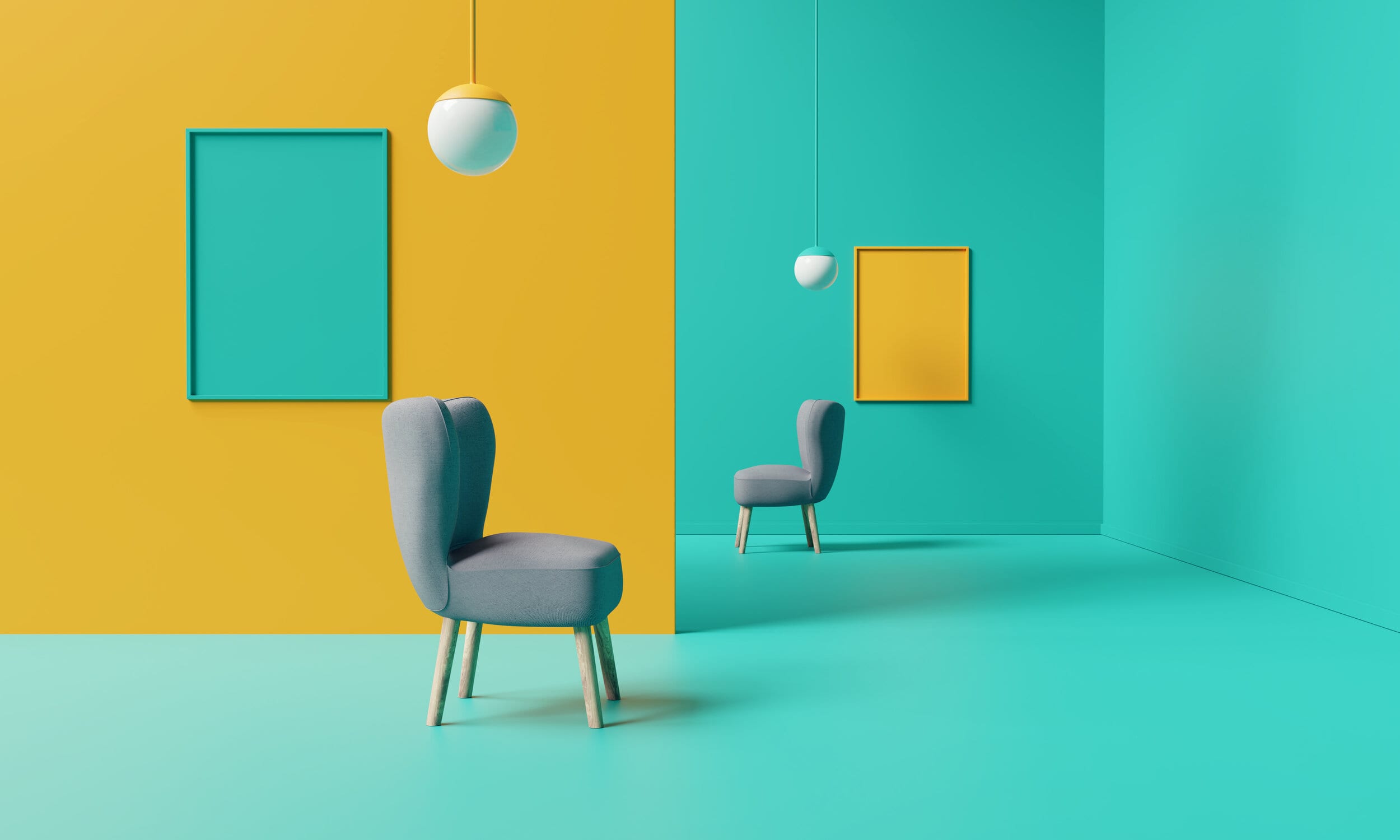

As hours roll into days, days into months, the gospel of Minimalism keeps spreading far and wide. Many people choose Minimalism as a lifestyle. Who knows, someday, luxurious life may end up being less patronized. While Minimalism is about reducing interest in material lifestyle, it presents itself as a daunting task, but it’s definitely within reach. It’s important to mention that those who lead minimal lifestyles find it exciting and rewarding. It’s also good that one understands that the choice of leading a minimal lifestyle doesn’t mean one has to sell off all they own. It’s a concept with different interpretations for every single person. Trust you are interested in this topic. Read on as I break the ice on the idea of Minimalism.
“Less is More.” — Ludwig Mies van der Rohe.
Just as mentioned above, Minimalism doesn’t have rules guiding it. While some persons like to lead minimal beauty patterns, some others prefer fewer properties. With another class enjoying minimalist fashion trends, it all depends on the angle one chooses to view the concept. It’s also very flexible as a concept that it doesn’t have wrong or right answers, which opines that you can take it to any length; so long it remains within the ambit of convenience, which is what it really is about. Some persons have started very small to find out that they fast appreciate Minimalism’s concept. Some have embarked on a full-blown journey into Minimalism’s simple lifestyle in the many alcoves of their choices and experiences from taking just baby steps.
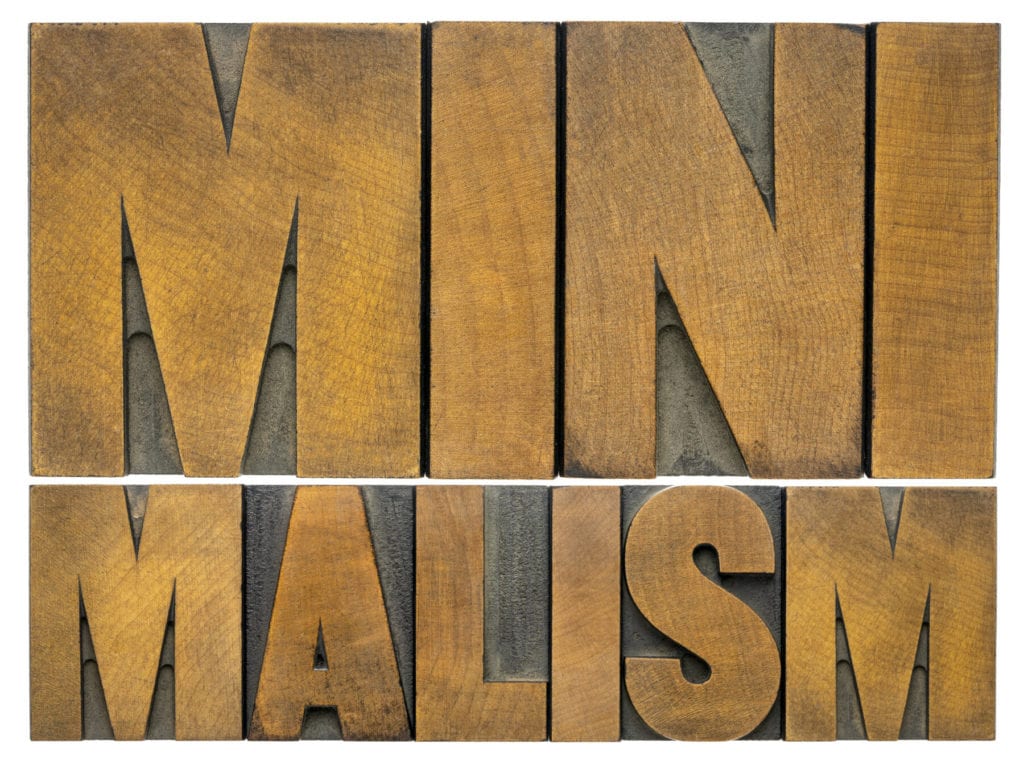

Minimalism is the art of simplifying your life. “Less is more” is the governing mantra of Minimalism. This is a phrase adopted by architect Ludwig Mies van der Rohe in 1947. Mies’ philosophy never left me when I studied it in History of Architecture—it stuck with me. In a recent video of Jenny Mustard, a popular vlogger and unrepentant minimalist, she said she found Minimalism’s concept, by stipulation, as going about simplicity in all that one does, regardless of how it’s being done. She ended her well-packaged video tutorial reminding viewers that there are no rules to becoming a minimalist. She emphasizes the needlessness of finding clubs or groups to be part of or books and texts to read. Her stand is that it only gets better with constant and conscious practice.
Many people go wrong thinking they must do away with all they have to appreciate Minimalism; no, it’s not the case. Having few belongings before adopting Minimalism doesn’t say you should have a tasteless interior in your home. Having some vintage design pieces strategically placed at home could do the trick, as it would mean that there would be space for warmth to greet your home. One thing is constant here; your house appears more beautiful if it is not crowded. There is this sense of class that it screams to all who are privileged to enter the four corners of your ambiance. It would also be necessary to say that you don’t have to condone lifeless home paints because you want to adopt the concept, a good mixture of colors would work, but it must be simple!
Minimalist Home Interiors
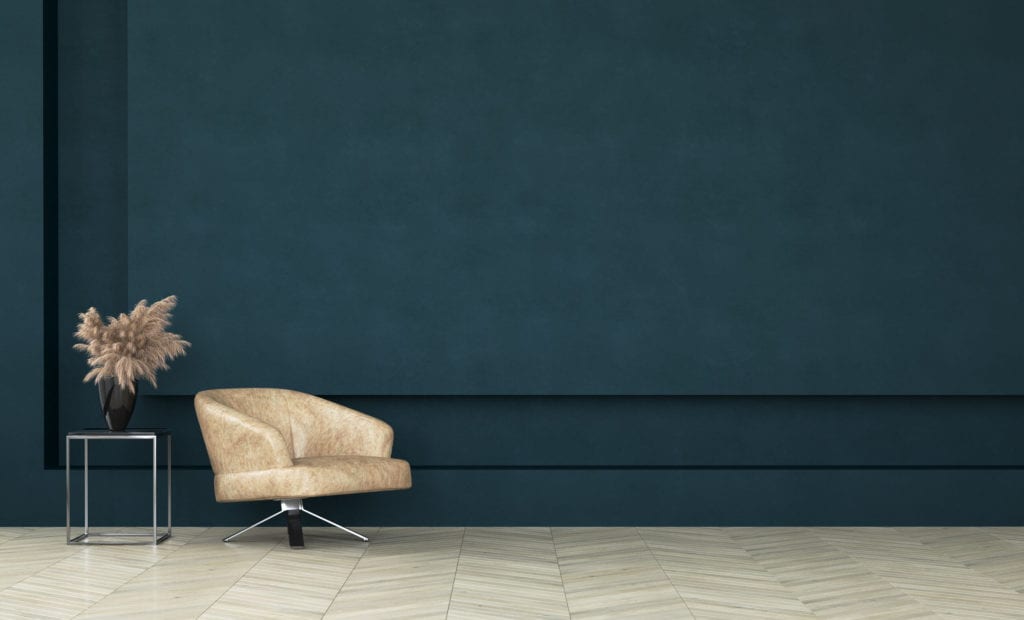

Minimalism is all about simplicity. A Linda Breen Pierce once said that “Simplicity involves unburdening your life, and living more lightly with fewer distractions that interfere with a high-quality life, as defined uniquely by each individual.” The ambiance above is simple. The color schemes co-ordinate and infuse life into space.
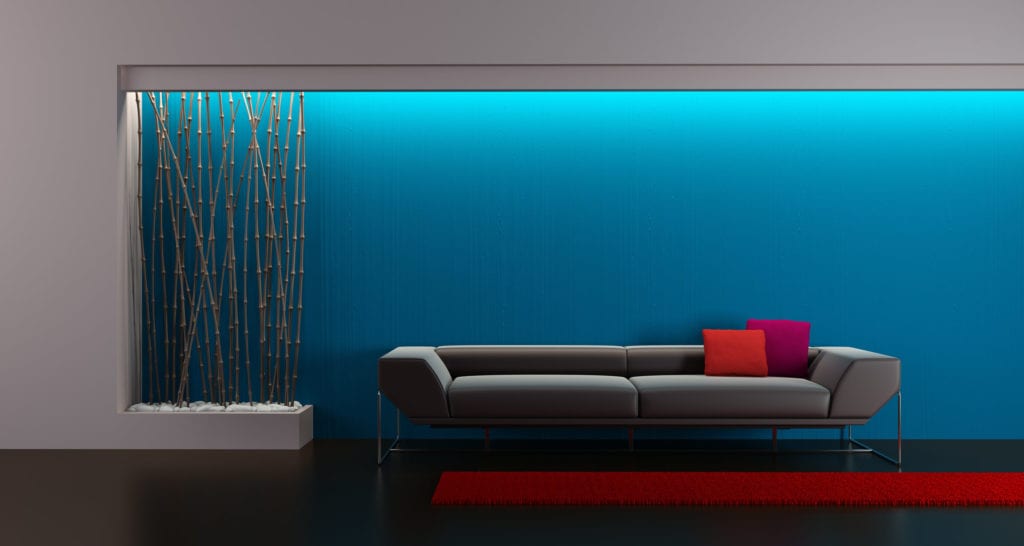

Less is more in interior decor. The ambiance above is elegant and speaks the language of harmonious balance instead of a crowded spaced with so much furniture. In the words of Antoine de Saint-Exupery, “Perfection is achieved, not when there is nothing more to add, but when there is nothing left to take away.” The ambiance above is perfect, and there is nothing left to take away from the space.
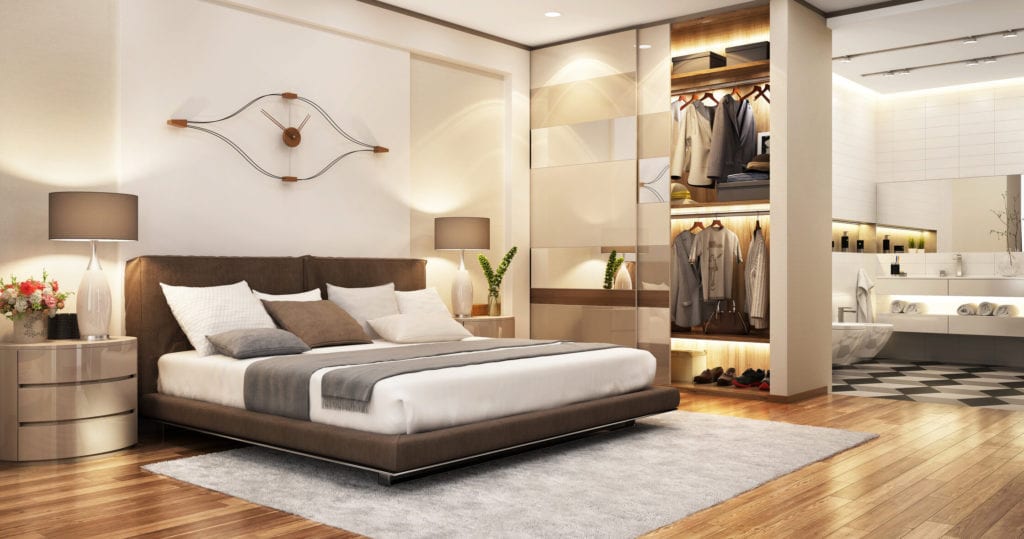

Minimalism is to unclutter. Is it not amazing to enter a beautifully set bedroom, everything in the right place, great color schemes that match. An ambiance that spells calmness and whispers serenity to allow the occupants to rest truly. In the words of Albert Einstein, “Make things as simple as possible but no simpler.” Let our sleeping quarters speak simplicity so that you can truly rest when you need to.
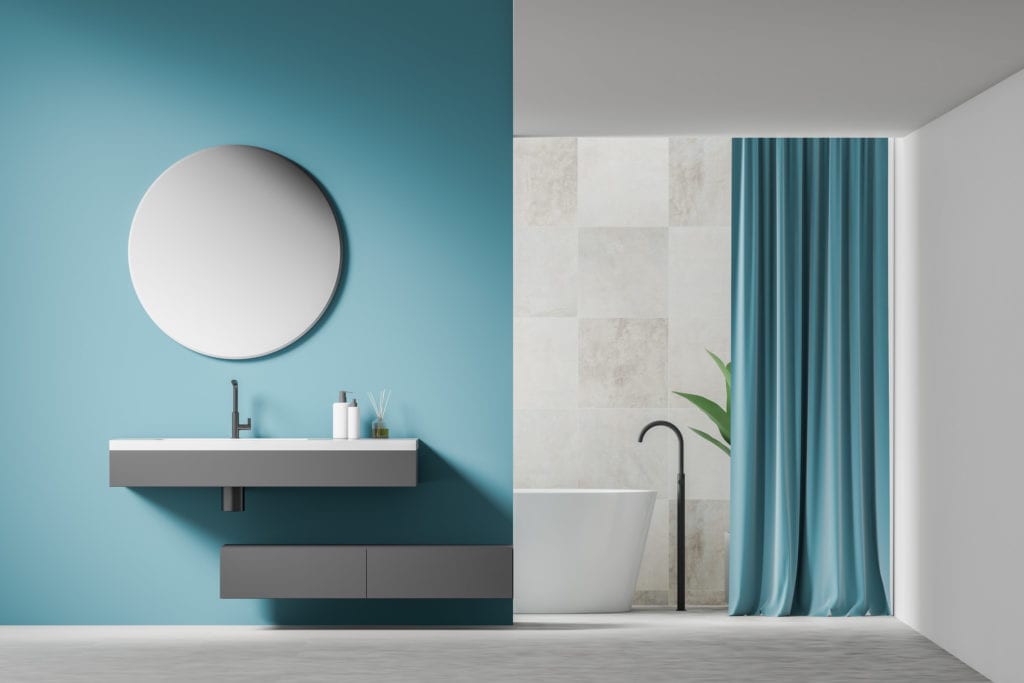

Minimalism is a science of deduction in action. The image above represents a minimalistic modern bathroom interior with blue, tiled, white walls, a white floor, a gray sink with a round mirror, and a white bathtub with blue curtains. In the words of Francis Jourdain, “One can furnish a room very luxuriously by taking out furniture rather than putting it in.” This will see in the bathroom above.
“Simplicity is the ultimate form of sophistication.” — Leonardo da Vinci.
Pare backing the bedroom is also a minimalist thought. Many people understand that it’s a welcome idea to keep bedrooms free of technology and its gadgets, as it helps the body relax properly. Stuffing up bedrooms with tall blocks of books and shelves is not minimalistic, as it wouldn’t allow proper switch off, thus disturbing your rest. Minimalists regularly use Mie’s catchy line, “less is more.” However, it’s imperative to know that it does not mean that rooms at home should look lifeless and scanty. An excellent example of a minimalistic approach has chairs with ornate wood in a dining room, with a simple matching table and a large clock with Roman numeral calibration to match, something light as this! Less for minimalists is about surrounding oneself with only lovely things.
One of the strongholds of Minimalism is the fact that it’s subjective rather than objective. Individual differences are regarded. Minimalists believe that what relieves individuals from stress and pressure is different. While a luxurious bathtub may do the magic for some people, just resting on a comfortable armchair would be all some other people require to embrace the full breadth of relaxation. For some other people, frames of excellent designs and pictures might bring them comfort. As such, Minimalism focuses on our lives and home by making us think about those things that really make us happy while eliminating those that don’t, period.
Minimalist Arts
Minimalist art is simple. We see a minimalistic mid-century geometric abstract pattern with simple shapes and a beautiful color palette in the artwork above. In the words of Frank Stella, “What you see is what you see.” Just appreciate it. Relish it. Muse on it.
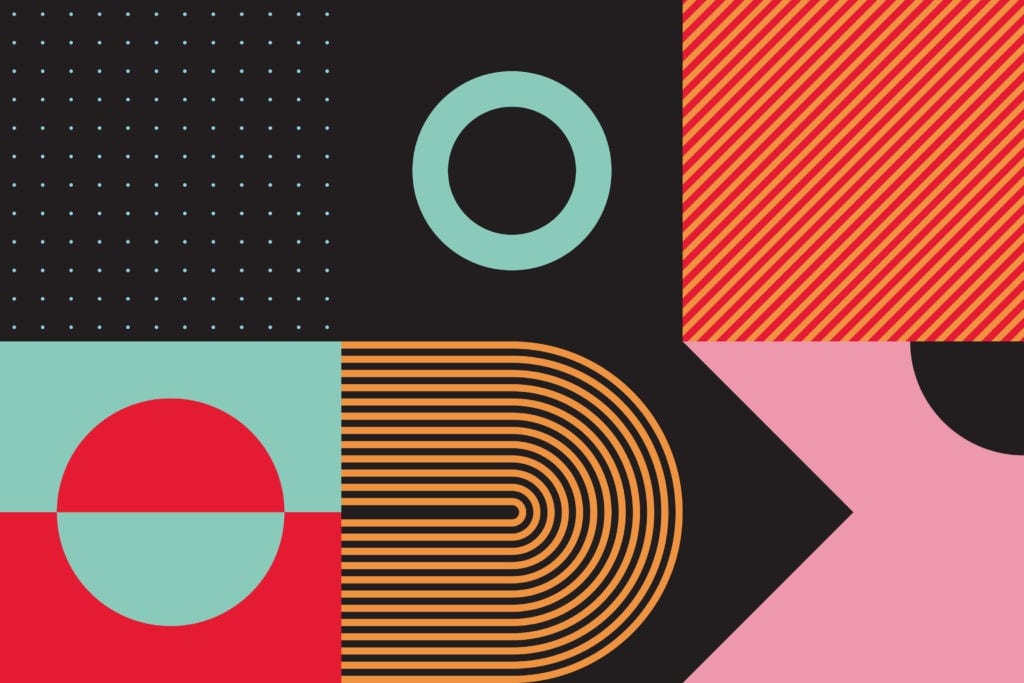

Minimalistic Brutalism in Arts. This is art inspired abstract vector pattern made with simple geometric shapes and forms. Brutalism in art is characterized by deliberate plainness, crudity, and transparency, often characterized as austere. Make your minimalist spaces speak volumes with minimalistic brutalist artworks.
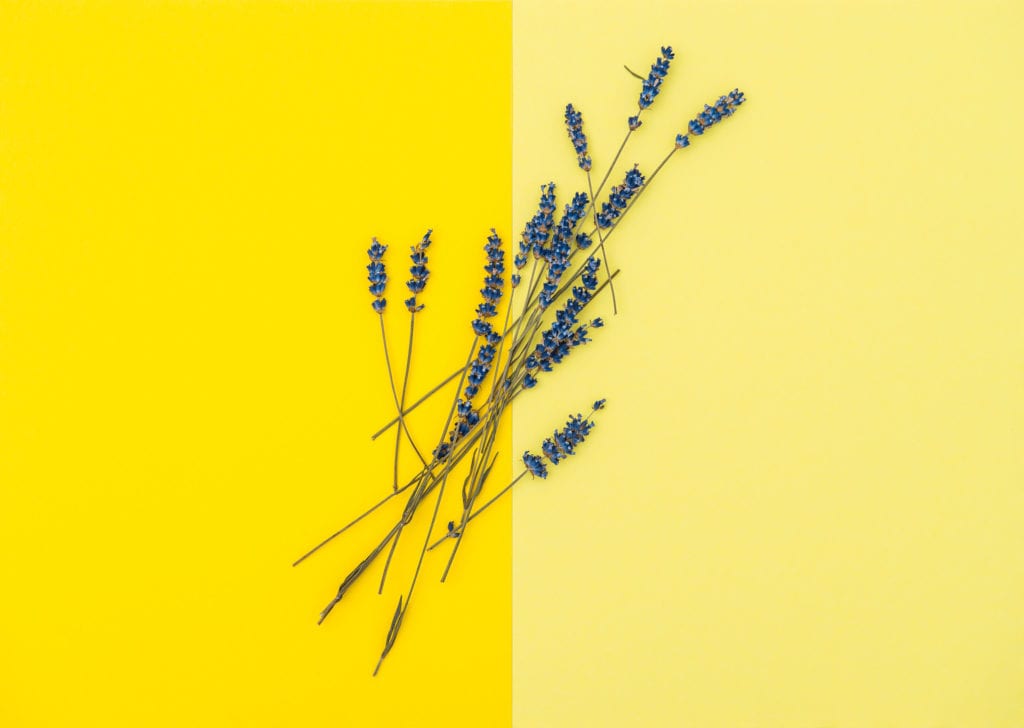

Minimalistic Arts with Nature and Color. As stipulated above, minimalistic arts are simple. Albeit austere, it does not have to be dull. In the image above, the minimalistic concept of dried lavender flowers on a yellow background is straightforward, radiant, and appealing.
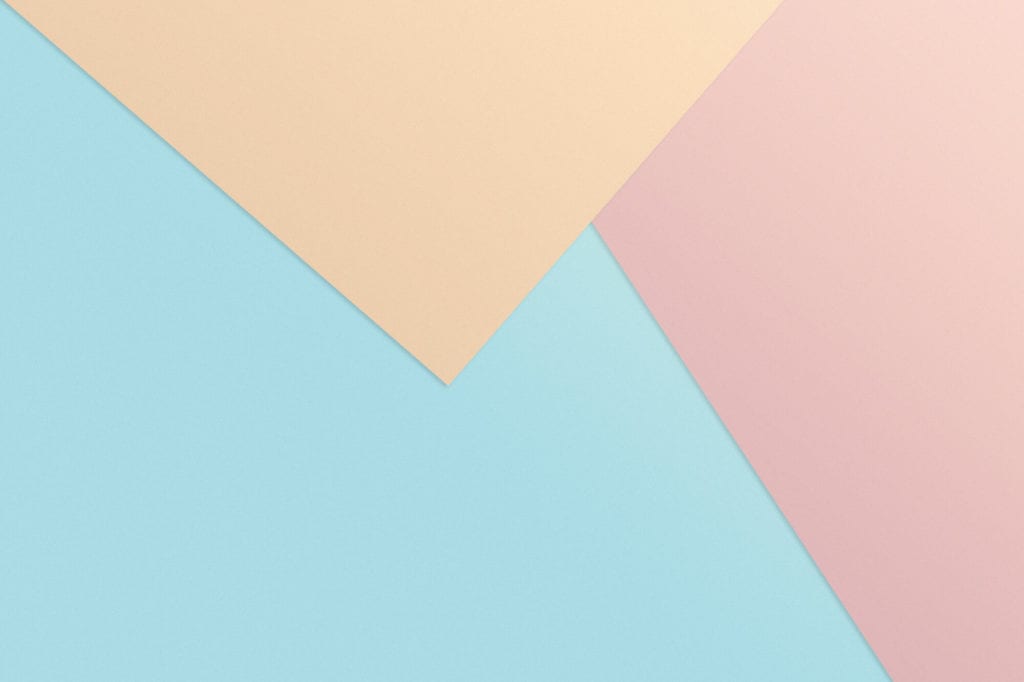

Minimalist Arts can be abstract. The colorful minimalistic abstract pastel above oozes a cool, calm, and collected feel. Minimalist art can be abstract at times. According to a Dan Flavin, “It is what it is and it ain’t nothing else.” Appreciate it as is.
Minimalism Solves Hoarding


One of the many essential lessons minimalism has to offer would be that you stop hoarding. Some of these are the questions Minimalism would throw at you—will you wear that blouse you just bought as much as you think? Would you do more than throw the new baseball cap you just bought around? It would get you seated on some special occasions asking you to access your belongings, how much you have used them since you purchased them. If you get to approach these questions honestly, you might understand the concept better. What do we do with something that doesn’t really serve any purpose when it would just be fine being the property of some other persons?
“Clutter is the physical manifestation of unmade decisions fueled by procrastination.” —Christina Scalise.
To deal with hoarding, an excellent methodology to adopt is by deploying the KonMari Method™. This is the branded methodology concept started by Marie Kondo, a tidying expert and bestselling author, star of Netflix’s hit show, “Tidying Up with Marie Kondo,” and founder of KonMari Media, Inc. According to Marie Kondo, “The KonMari Method™ encourages tidying by category—not by location—beginning with clothes, then moving on to books, papers, komono (miscellaneous items), and, finally, sentimental items. Keep only those things that speak to the heart, and discard items that no longer spark joy. Thank them for their service—then let them go.” This tidying method helps you eliminate the hoarding mentality to a point.


Organization and Minimalism go in pari passu. To embrace the minimalistic concept means to embrace an organized lifestyle. The cluttered home above is what many people’s houses look like. Your life does not consist of the abundance of things that you possess. Organization and Minimalism go in pari passu. Marie Kondo once said that “Tidying is the act of confronting yourself.” Confront yourself today. Start by organizing your space.


Minimalism is the art of selecting the needful. Confronting yourself will get you started in the process of taking hold of your life. Don’t let your life run amuck. It is stressful to allow your home to become a run-away reaction that lands you in chaos. Minimalism is the art of selecting the needful. Start by separating what you will keep and then what you will de-clutter by donating or throwing away where needed. Joshua Becker said it right that “The first step in crafting the life you want is to get rid of everything you don’t.”
Declutter Your Life. Minimalism starts by decluttering your life. There is a power that follows the art of being content, as we will explore the contentmentalist mindset in the paragraphs that follow below. Charles Spurgeon once said that “You say, ‘If I had a little more, I should be very satisfied.’ You make a mistake. If you are not content with what you have, you would not be satisfied if it were doubled.” We must curb our desire for excessive want of materialistic chattels.
Embracing a Minimalistic Mindset
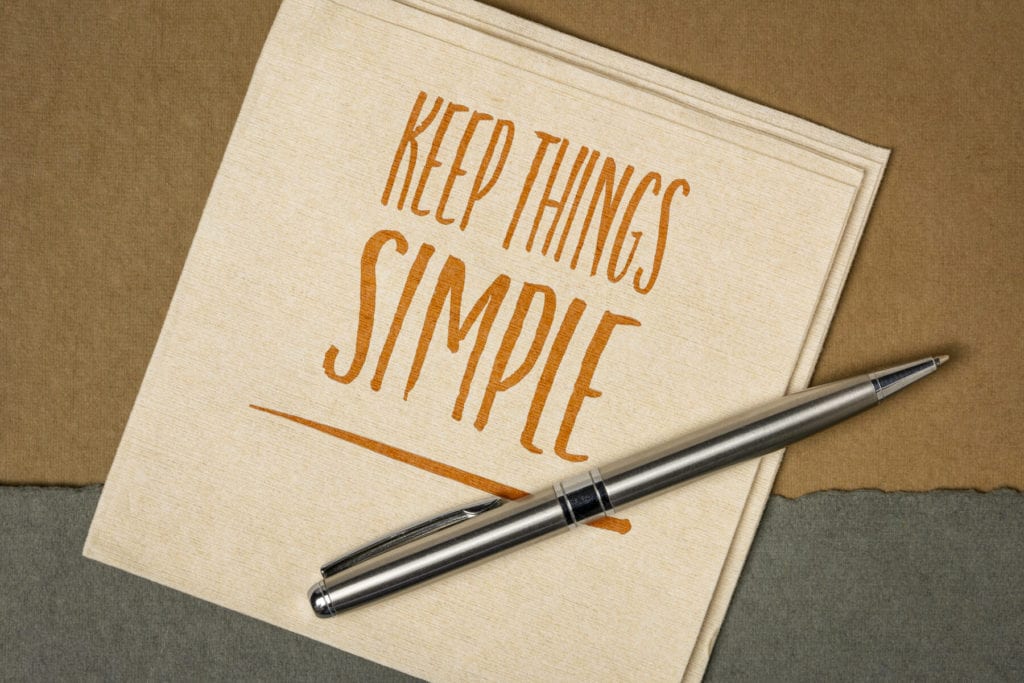

However, I am akin to going further by saying that people consider adopting the “less is more” mindset. I will not necessarily equate Marie Kondo’s method with Minimalism. Marie Kondo establishes that “Many people have equated my tidying method with Minimalism, but it’s quite different. Minimalism advocates living with less; the KonMari Method™ encourages living among items you truly cherish.” A minimalist mindset is more of a contentmentalist concept. The KonMari Method™ encourages living among items you truly cherish—however, things that we cherish might not be things that we really need, but we love them nonetheless. A contentmentalist or minimalistic mindset advocates being more austere and embracing essential and needful at the barest minimum. A contentmentalist mindset is minimalistic and embraces the functionality of less over the superfluity of more.
Another instructive teaching of Minimalism is in the buying of only needed materials and not wants. That is the contentmentalist mindset that I spoke of in the previous paragraph—embrace the functionality of less over the superfluity of more. Since you must have gotten rid of the materials you don’t have a purpose or feel you would need in the nearest future, it has been explained in the paragraphs above. It’s essential and wise not to allow the principle of just buying anything for buying sake to happen again. Make sure to pay for services and products that you really need. In one of Mustard’s videos, she said she would rather spend her time and resources on productive and creative things than wasting the duo on consuming things and filling up spaces.
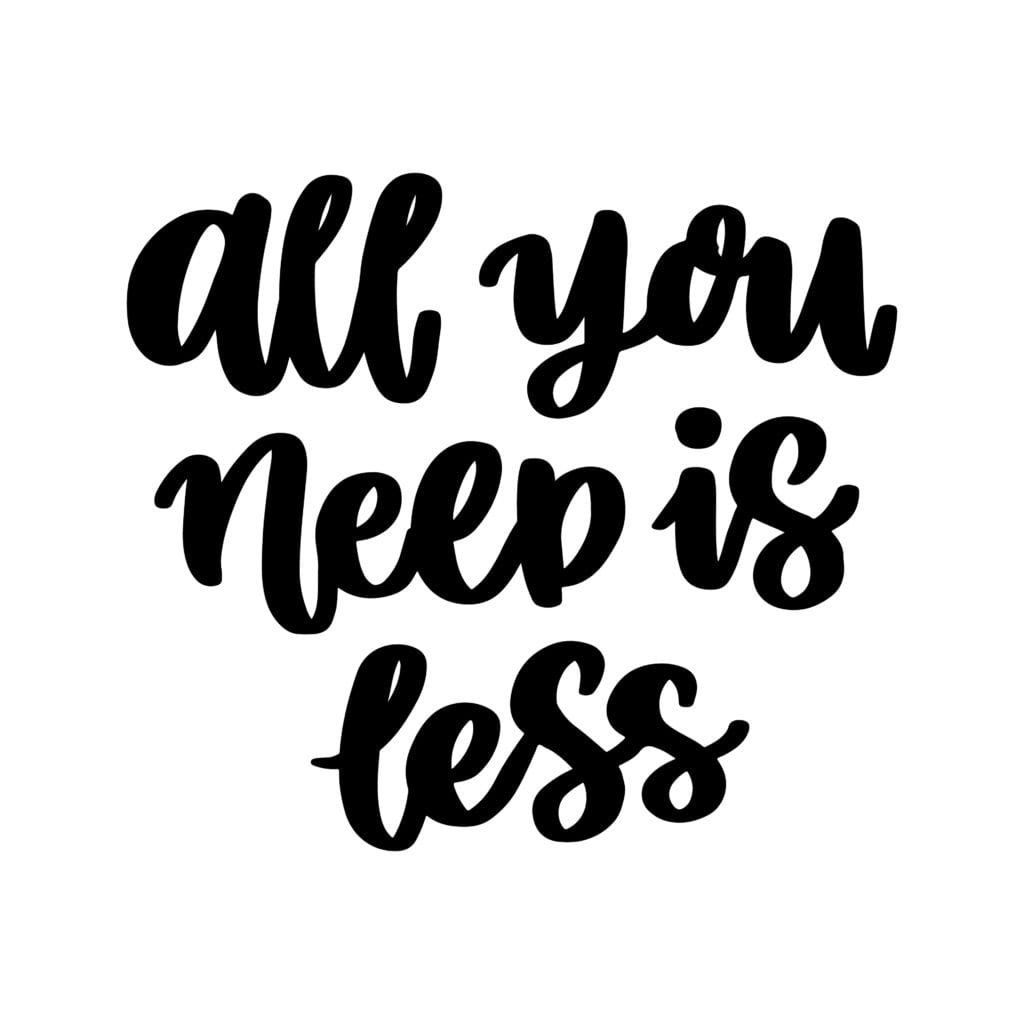

Minimalists also have the orientation of organizing everything by its usage. The rule of organizing plays a crucial role to minimalists as they live the concept. Minimalists rarely see the art of organizing as storage but as a system, convinced that people who wholeheartedly adopt the idea don’t fall for just organizing. Many adept minimalists argue that proper organizing is represented by having only things you need or sure you would use judiciously upon acquisition. For instance, when we put things away in storage, do we really need everything we are storing away? If I may ask, why do we really keep things? Your answer to this question will help you sieve through what is vital to you from a functional perspective and what is not.
“If one’s life is simple, contentment has to come. Simplicity is extremely important for happiness. Having few desires, feeling satisfied with what you have, is very vital: satisfaction with just enough food, clothing, and shelter to protect yourself from the elements.” — The Dalai Lama, 1935.
Isn’t it interesting how minimalists find borrowing better than buying? Just consider this scenario. A minimalist would prefer to borrow an exciting book from a library rather than purchase it. After reading it, and if the book is seen to be worth the time, a minimalist would buy an eBook or the book’s audio version. But if he thinks the is a must-have and worth reading again, or, maybe lending it to friends or drawing out notable references from it, then he would buy the book. Interesting, you say? Almost the same thing applies to favorite fashions, as garments and accessories could be borrowed and returned after use. Minimalists are convinced this would guard against paying for wants that have no other benefit than filling up spaces.
After reading through, what are your thoughts on Minimalism? Do you think you could ever adopt the concept? And if you would, what would be your reason(s) to do so?
Home & Living
5 Benefits of Having Plants in Your Home
Plants are not just the food we consume. Plants also come with many benefits that support our physical, mental, and emotional health. Please read all about it here.
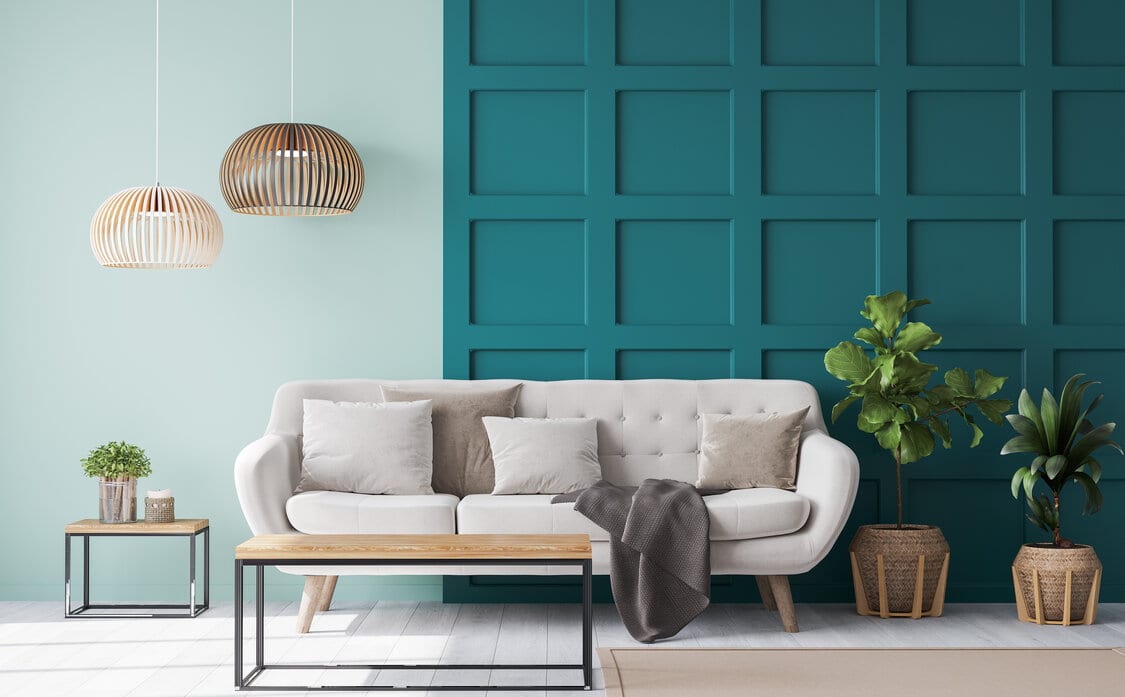

Spending time indoors has become more popular, especially since the COVID-19 pandemic started in late 2019 or early 2020 (NB. The World Health Organization (WHO) tracks its start date at December 31, 2019). Many people have had to work from home, especially after the lockdown began in many countries across the globe. Even in places with a reduced number of cases, staying at home was still the paramount emphasis.
“Healthy plants are a critical resource, the natural protectors supporting life on Earth” — International Year of Plant Health.
Technology is fast advancing, and it is now possible to quickly meet many outdoor needs without actually leaving our homes. We can easily shop, make virtual visits, exercise, and many more from the comfort of our homes. As we spend more and more time at home, many people have become aware of what it means to have plants as part of their home décor.
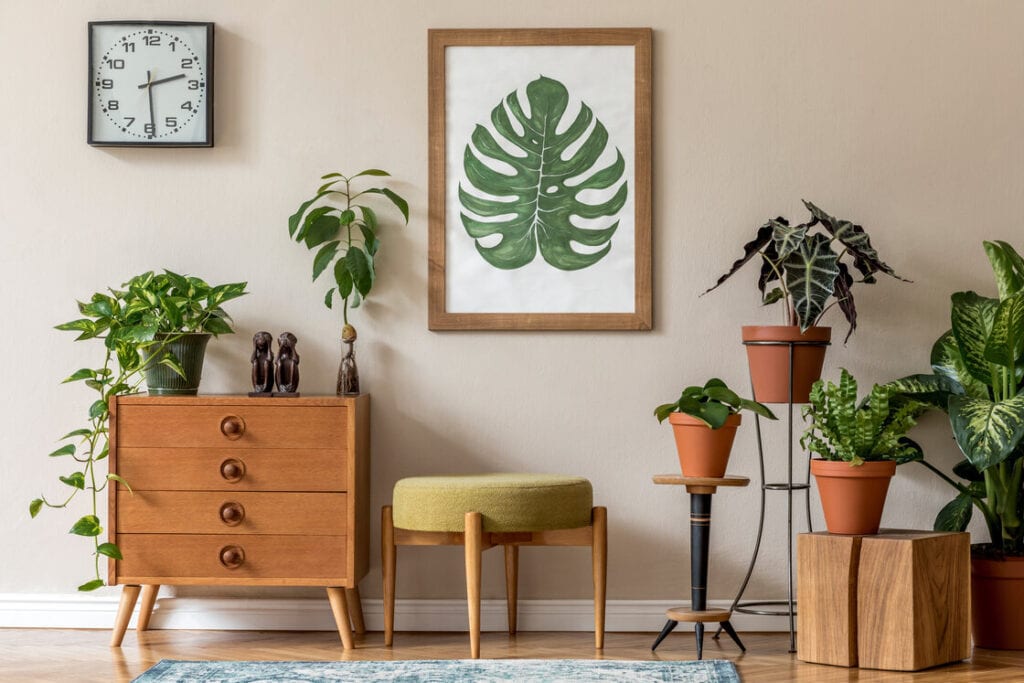

Plants are a crucial aspect of our world, providing us with food, fiber, shelter, medicine, the precious air we breathe, and lots more. The benefits of plants are much more than many of us think, especially when you have them as growing, potted members of your homes. In this piece, we will explore some of the benefits of having plants as part of your home. Hopefully, our point of view will make you believe in using plants as your home decor elements. Let’s go:
#1. Increased Aesthetic
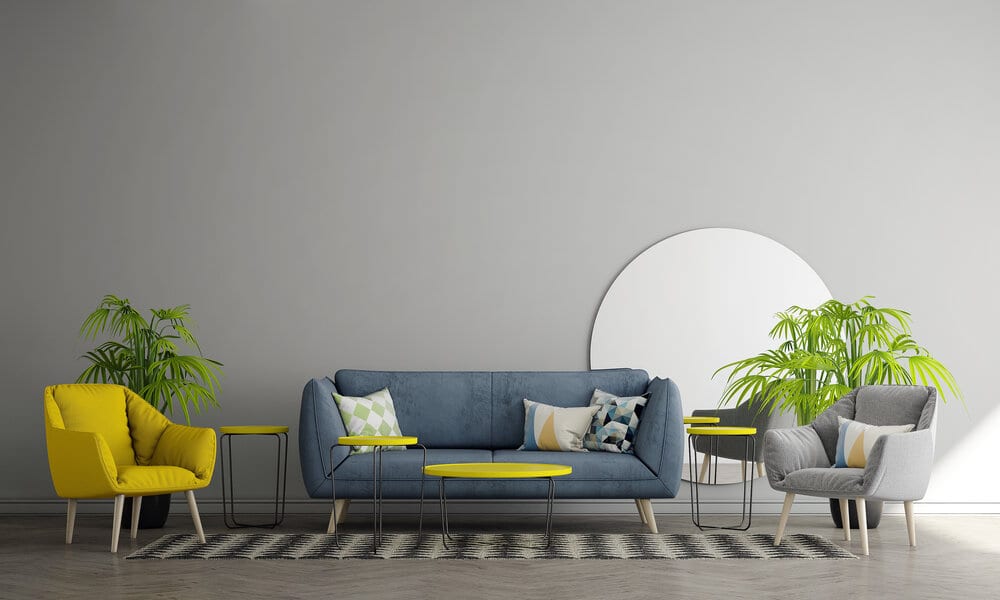

First things first, beauty! If you want an affordable and easy way to decorate your home, then having plants is an excellent choice to achieve that. A plant increases the aesthetic of your home, improves your home’s general beauty. It gives your home an interior decorative look that feels conducive and is pleasant to the perception.
“When your home looks good, you feel good” — Anonymous.
Having plants in your home will give your home a natural look and feel. Such an ambiance stimulates the senses and the mind. Plants brighten up your surroundings and are guaranteed to lift your mood whenever you’re home. From colorful flowery blooms to simple green potted foliage, plants always guarantee to improve your home aesthetic.
#2. Cleanses the Air
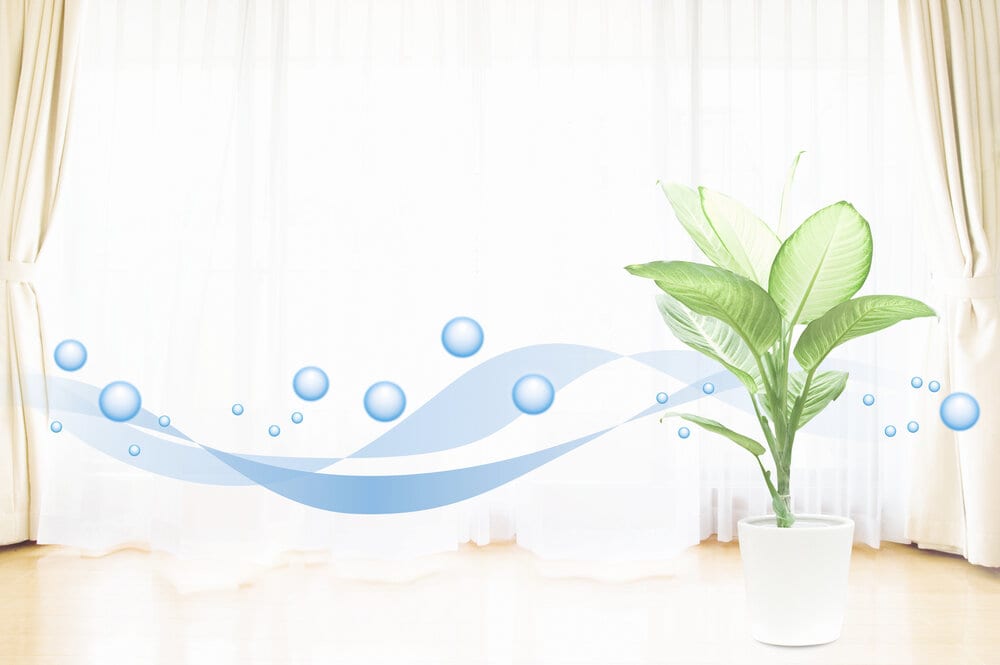

Having plants in your home is an excellent catalyst for improving the air quality in your home. It helps refine the air that you take in your home. Studies show that pollution levels are higher indoors than outdoors due to the mix of pollutants (i.e., outdoors and indoors) from substances, like paints, detergents, chemicals, household furnishings, etc. Thankfully, Plants help in cleansing these toxins by taking in the harmful carbon dioxide found in them and exchanging it for oxygen, meaning clean air.
“Use plants to bring life.” — Douglas Wilson.
Research shows that household plants remove harmful chemicals from the air that can cause ‘sick building syndrome.’ Best of the South Bay article, “15 Detoxifying House Plants for Cleaner Air,” lists several house plants that remove toxins from homes. These toxins could come from carpeting (e.g., formaldehyde), plastics (e.g., trichloroethylene), paints (e.g., benzene), adhesives (e.g., xylene), etc. Some examples are Peace Lily (Spathiphyllum), Aloe Vera Plant, English Ivy (Hedera helix), Areca Palm (Dypsis lutescens), Bamboo Palm (Chamaedorea seifrizii), Mother-in-Law’s Tongue, Snake Plant (Sansevieria trifasciata), etc.
#3. Prevents Illness and Helps with Faster Recovery
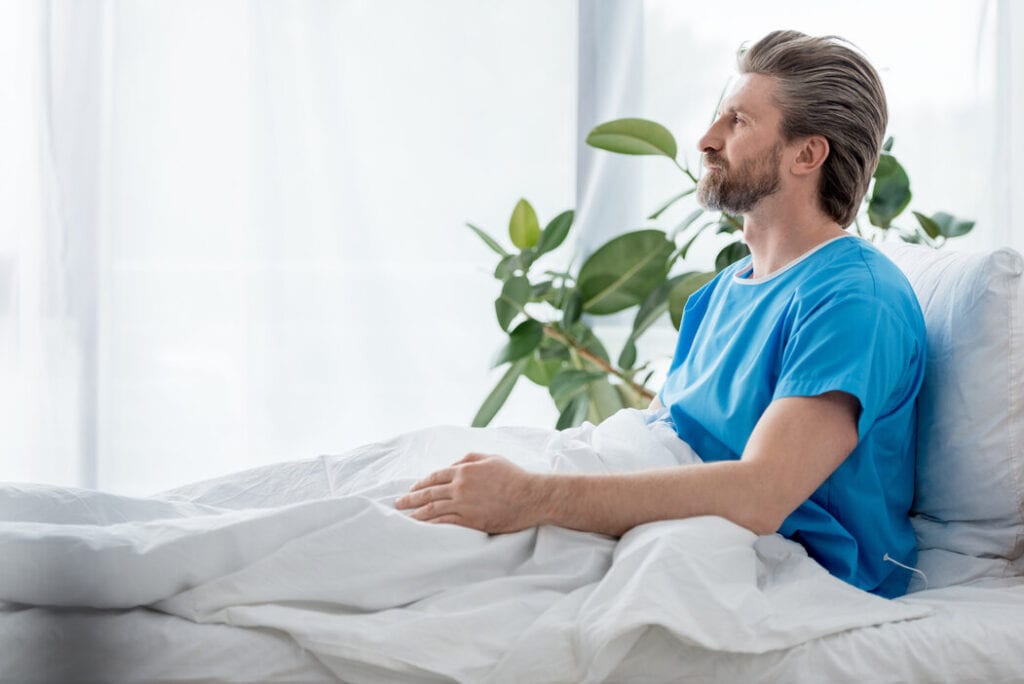

Plants are proven to prevent illnesses, such as sore throats, colds, headaches, coughs and, flu-like symptoms. Having plants in your home aside from preventing you from getting ill can also speed up recovery from illnesses. Although most researches focus on plants’ healing and recovery abilities in hospitals, it is safe to say that the healing and recovery abilities of plants can also be extended to the home.
“Just having plants around helps with your mood. You feel relaxed.” — Pia Wurtzbach.
In a 2002 research symposium paper by Roger S. Ulrich1, people recuperating from several kinds of surgery needed less pain medication, looking at greenery during their recovery periods. Also, they had shorter hospital stays than people who were not looking at greenery during their recovery periods. The study also posits that plants/vegetation helps heighten patient, family, and even staff satisfaction. Because the views of nature can enhance clinical and medical outcomes, it also leads to a reduced cost of care, hence of positive economic value.
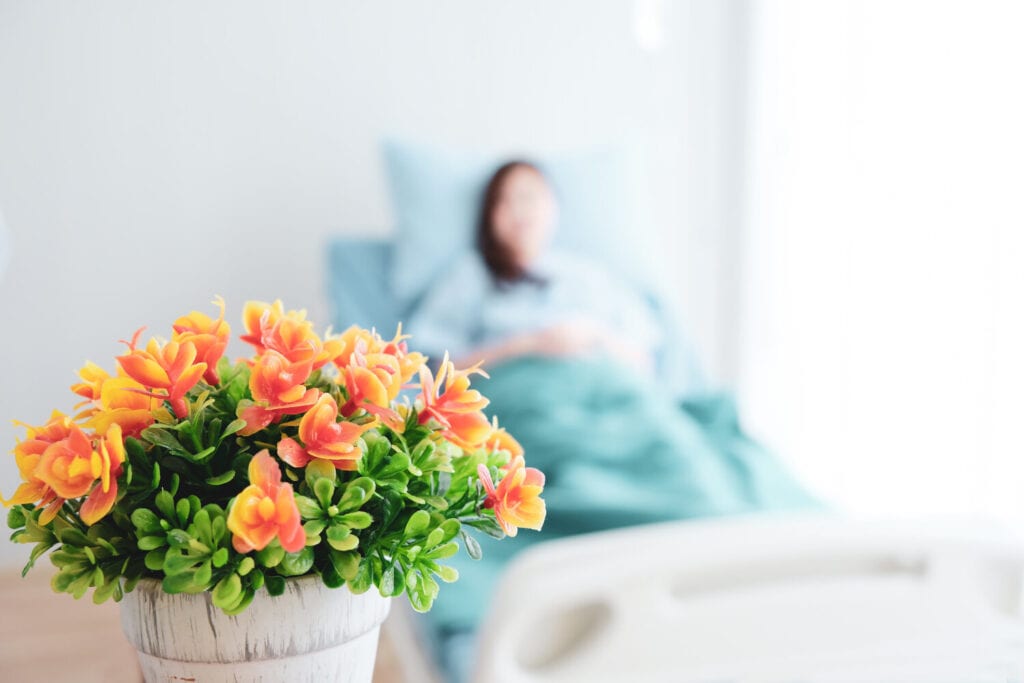

The tradition of taking a bouquet or potted foliage to a loved one in the hospital has become a repeated practice. It is now evident that it helps in their recovery process. The Roger Ulrich Research1 shows that people who had surgeries heal faster and can tolerate pain better when there are plants in their rooms. Generally, health-wise, rooms with plants are less dusty and moldy than rooms without plants, so if you want your home feeling fresh and clean, plants can act as natural filters to catch airborne particles and potential allergens.
#4. Improves Mental and Emotional Health
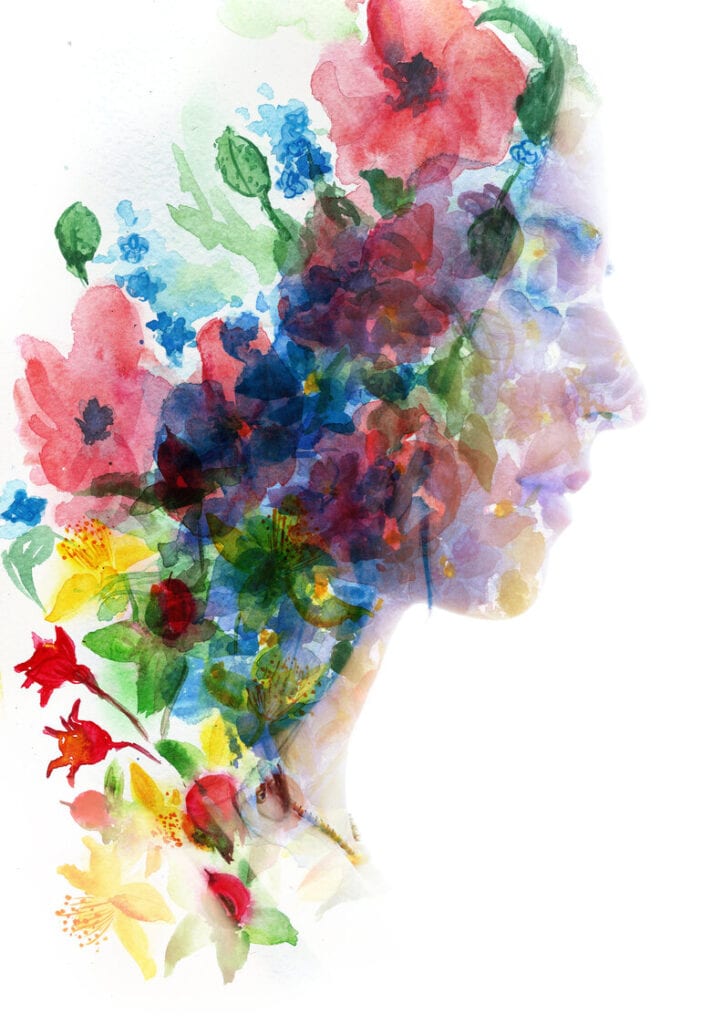

When you go out in nature, you feel relaxed and less stressed. It is probably because of this reason that you enjoy going on walks and viewing natural scenery. Researchers have proven that being in nature around trees and ornamental horticulture is suitable for your mental health as it reduces your stress levels and strengthens your body and mind. Although taking long walks through parks and gardens may not be the same as having plants at home, the benefits are still the same.
“Plants are the catalysts that help in ushering us into a state of mindfulness. The ambiance they create helps us in evoking the sense of serene presence, attitude, and transcendent altitude.” — Ogbonnaya Agom-Eze.
Having plants at home can help you relax and will reduce your stress levels. Its air-cleansing ability leaves you feeling rejuvenated and generally happy. The better air provided by plants can help keep you mentally awake and alert, and best of all, having plants at home helps in sleeping. There is scientific evidence that lavender, orchids, and the like, through their scent, can lower blood pressure and heart rate, thereby improving the quality of sleep.


“Plants are the catalysts that help in ushering us into a state of mindfulness.” — Ogbonnaya Agom-Eze.
Although nurturing house plants is not an inherently difficult task, learning to do so can help you relax and reduce anxiety. It can also increase your general outlook on life. Also, if you are dealing with trauma, plants can help you recover, which teaches you the virtues of patience, self-control, and peace. Ogbonnaya Agom-Eze once said that “Plants are the catalysts that help in ushering us into a state of mindfulness. The ambiance they create helps us evoke the sense of serene presence, attitude, and transcendent altitude.”
#5. Increased Productivity
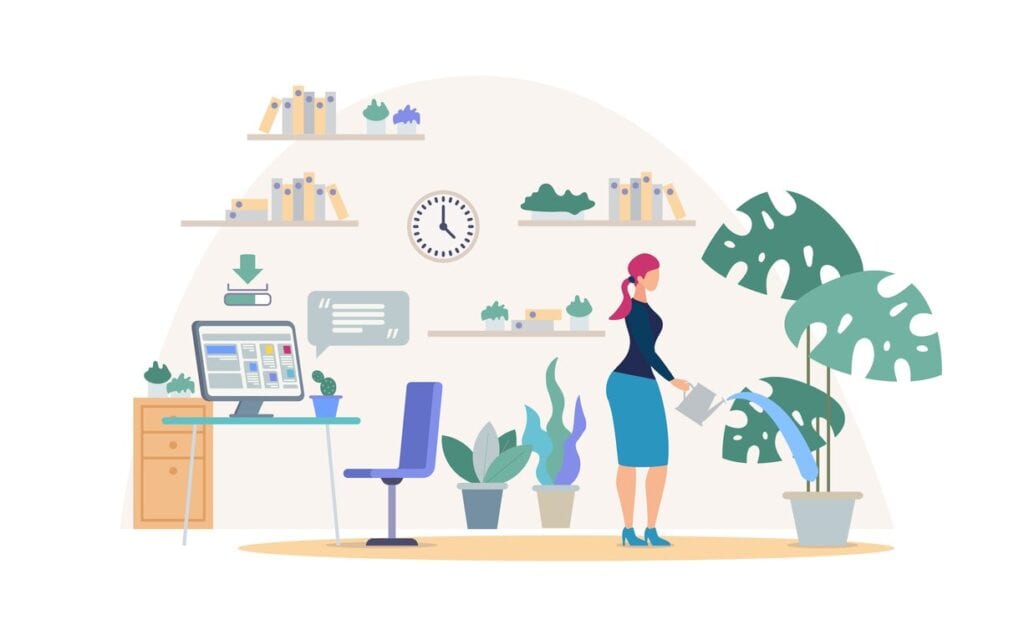

In a 1989 research, NASA revealed that indoor plants improve concentration and productivity by up to 15 percent. Researchers from Exeter University reported Daily Mail also found out that indoor plants can improve concentration, productivity, and general well-being by 47 percent. They also found that plants in your home and office can boost your memory by up to 20 percent. When you surround yourself with plants, you increase your attention, boost your mood, and reduce stress levels, increasing productivity.
“Green may serve as a cue that evokes the motivation to strive for improvement and task mastery, which in turn may facilitate growth.” — Dr. Stephanie Lichtenfeld.
Psychologically the color green has been researched to evoke strong emotions. Whenever you look at the color green, you think of growth, renewal, and life. Green evokes feelings of peace, rest, and abundance. The chlorophyll in plants is the precursor of the green color that we see in plants. When we look at foliage, we think of life, freshness, and vitality. Having plants in your home evokes the feelings that we mention above and increases your general well-being.


Reading the benefits of having a plant in your home can look too good to be true. We must never underestimate the power inherent in plants. In addition to the facts here stipulated about the benefits of plants in homes, plants also serve as food for our daily healthy upkeep and well-being. Our choices are what determines the healthy lifestyle that ensues. They seem easy to do, but we find ourselves not doing them.
“I have a lot of plants – my living room is like a jungle. I like the idea of bringing the outside in.” — Samin Nosrat.
The genesis of house plants dates to the ancient world. The 17th century saw the growth of plants indoors. Andrew Faneuil, an affluent Bostonian merchant, was credited to be the first builder of the first American greenhouse in 1737 for the sole purpose of growing, maintaining, and cherishing plants. Some would argue that due to the past generation’s love of plants, they lived and enjoyed life longer. Thankfully in today’s world, the art of having houseplants is slowly being revived. However, this is mainly for aesthetic purposes. We hope that more people will come to appreciate the full benefits of having a plant in their homes.
References
- Ulrich, R. S. (2002, Month date). Health benefits of gardens in hospitals [Paper presentation]. Plants for People, Florida. Retrieved from https://www.researchgate.net/publication/252307449_Health_Benefits_of_Gardens_in_Hospitals



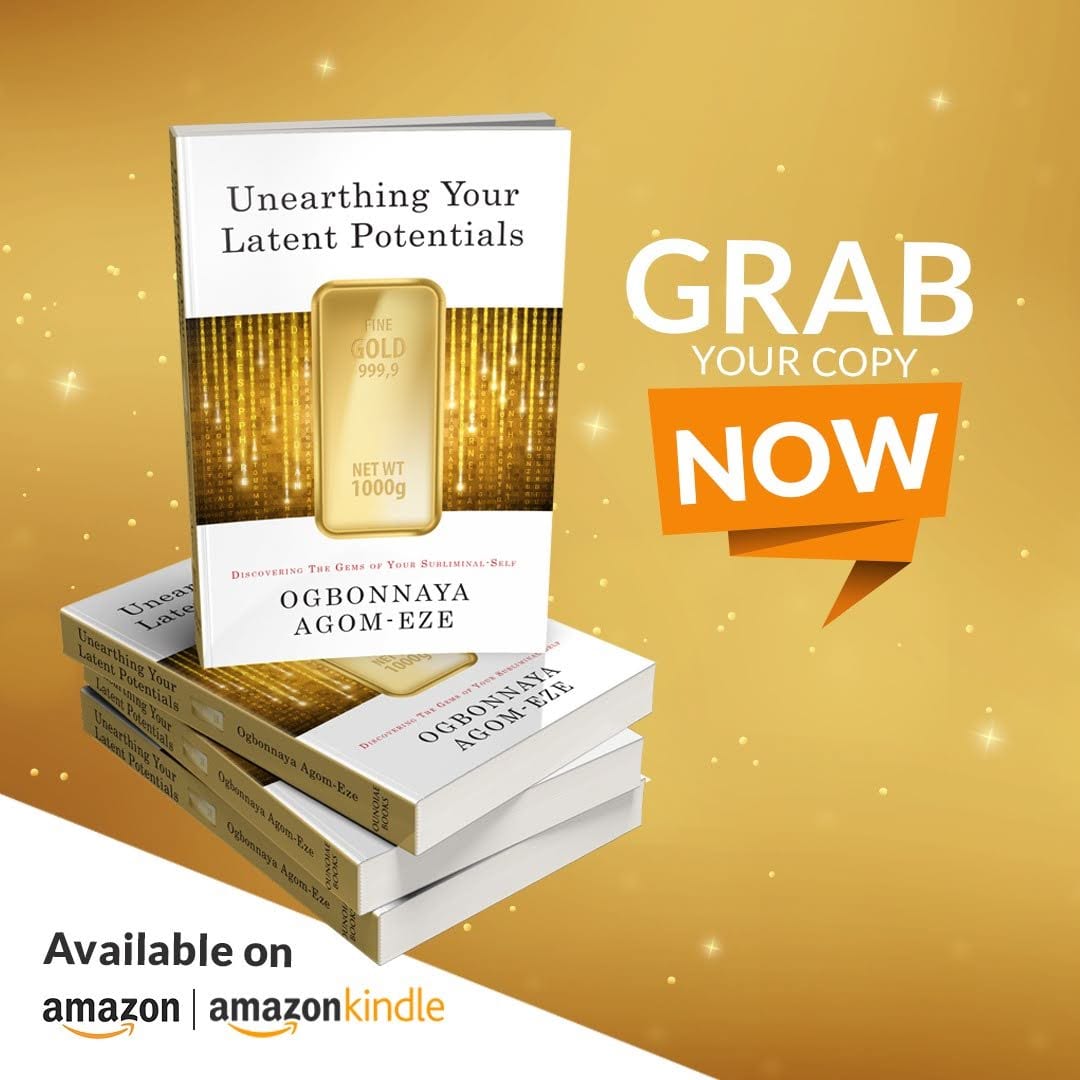










This article is quite informative! It presents compelling evidence that supports the minimalistic lifestyle and simultaneously provides avenues for individuals to embark on this journey. Unfortunately, however simplified the concept may be, it will meet resistance at every turn. Why? We live in a society consumed by materialism. In fact, a frequent display of wealth is property acquisition. I don’t mean landed property. Consider the rap star(s) who own upward of 50 vehicles; celebrities with closets for their shoe and purse collections. Even among the impoverished, rank is pulled on the basis of what one possesses. Minimalism will only become mainstream when the mental capacities of individuals to comprehend the peace that accompanies less is properly cultivated. OAN: Clutter must be appreciated in the right context. Einstein, one of the greatest and most cultivated minds of his (and arguably our) era, famously said, “If a cluttered desk is a sign of a cluttered mind, of what, then, is an empty desk a sign?” I am certain even this simple phrase can be heavily expounded upon and can be used to beg minimalism. Enter reverse psychology. I find your thoughts on the matter an invitation to explore a balance between material ownership and minimalism.
Quite an informative piece. I am on my path to Minimalism simply because I’ve asked myself severely what was the aim of storing up things that will never be used. I’m glad to have come across this.
I equally love the concept of having things that truly matter to me.
Also, to anyone who needs some convincing do check out the Netflix film called Minimalism which tackles hoarding too.